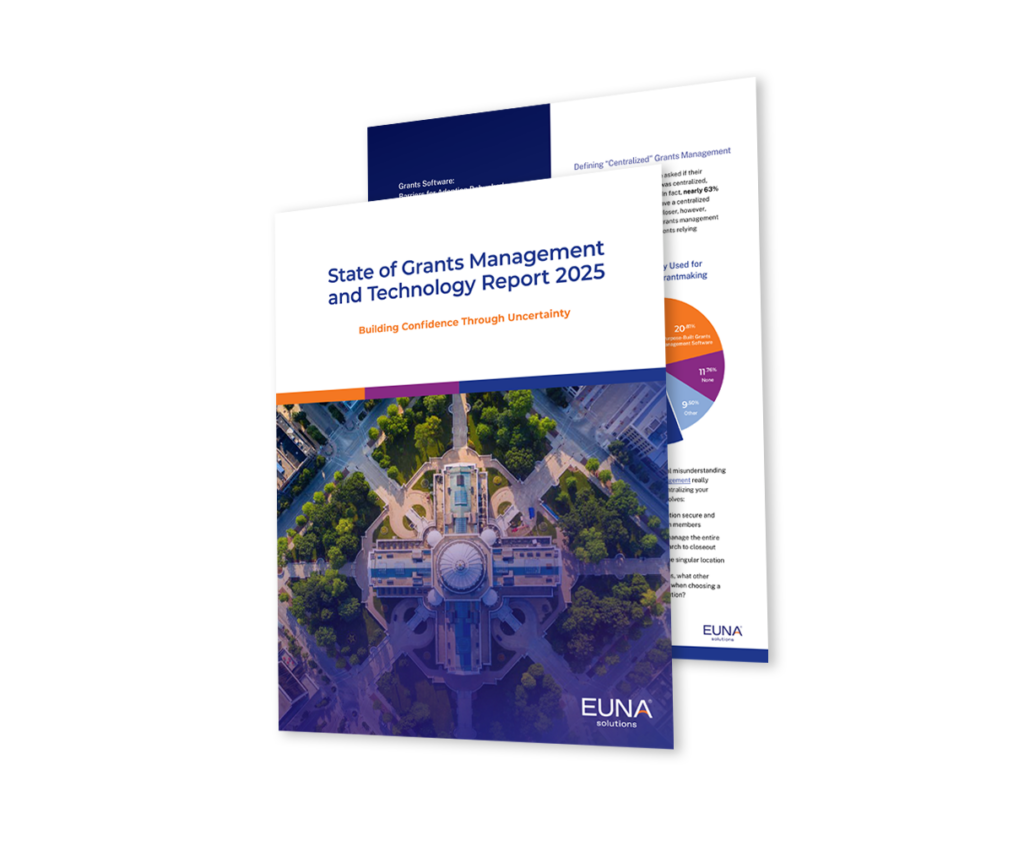In the realm of public sector budgeting, the concept of position control plays an essential part in making sure agency resources are properly allocated. However, using traditional budgeting systems like Excel spreadsheets and legacy systems often fall short in providing agencies with the tools needed to achieve this.
In this blog post, we’ll explore the common challenges with position control when using older solutions and how public sector agencies can benefit from implementing purpose-built budgeting software to optimize position control processes.
What is Position Control and Why is it Important?
For public sector agencies, position control is the strategic management of staff positions within the organization to make sure resources are properly allocated, while maintaining budget compliance, and quality performance.
By implementing better position control, agencies can enhance workforce usage, align staffing with priorities, and create more transparency in resource management processes — all the while avoiding the pitfalls of overstaffing or understaffing.
However, agencies using traditional budgeting systems may find it difficult to achieve these benefits. Let’s dive into the common pitfalls of using older software.
Current Challenges in Position Control Using Traditional Budgeting Systems
While the importance of position control is clear, many public sector agencies struggle to implement it effectively using traditional budgeting systems. These systems often lack the flexibility and functionality needed to seamlessly manage position control.
Here are 4 major challenges agencies often face when using traditional systems for position control processes.
- Limited Flexibility: Traditional systems lack flexibility in reallocating resources among positions, hindering the ability to streamline workforce distribution and adapt to changing demands.
- Minimal Visibility: Traditional systems lack visibility into the full cost implications of each position, making it challenging to carry out thorough cost-benefit analyses or identify areas for improvements.
- Time-Consuming Processes: Manual processes associated with traditional budgeting can be time-consuming, leading to delays in decision-making regarding position control and resource allocation.
- Risk of Inefficiencies: Without data updates and insights, there is a higher risk of inefficiencies, such as overstaffing or underusing resources in high-priority areas.
Fortunately, agencies can address these challenges by adopting purpose-built budgeting software designed for position control.
How Purpose-Built Software Can Optimize Position Control Processes
Purpose-built budgeting software offers a range of features and functionalities that streamline the position control process and enhance overall budgeting efficiency.
Here are four ways purpose-built software can optimize public sector position control processes:
Automated Processes
By automating data entry, calculations, and reporting, purpose-built software can significantly reduce the risk of errors and save valuable time for finance managers. Automation also enables real-time updates, ensuring that position control data is always accurate and up to date.
Seamless Integration
Innovative budgeting software seamlessly connects with human resources, payroll, and other essential systems, providing a unified view of staffing and budget information. This integration eliminates data silos and ensures consistency across all departments, making it easier to monitor and manage positions.
Advanced Reporting and Analytics
Purpose-built budgeting software gives finance managers detailed insights into staffing levels, personnel costs, and budget allocation. Customizable reports and dashboards allow for easy monitoring of key performance indicators (KPIs) and enable data-driven decision-making.
Scenario Planning and Forecasting Features
Purpose-built budgeting software allows finance managers to model different staffing scenarios, assess their impact on the budget, and make informed decisions about resource allocation. Scenario planning helps agencies anticipate future staffing needs, identify potential budgetary constraints, and develop strategies to address them proactively.
By adopting purpose-built budgeting software, public sector agencies can effortlessly streamline their position control processes, improve budget accuracy, and make informed decisions about staffing and resource allocation.
A Budget Solution Designed to Enhance Position Control
If you’re ready to enhance your agency’s position control capabilities, we have the right solution for you — Euna Budget. Our solution is designed to empower public sector agencies with the tools needed to power-up position control processes and boost organizational success.
Ready to take the next steps? Watch our video here to learn position control best practices.
Schedule a demo to discover how Euna Budget can transform your agency’s position control processes and maximize budget success.

